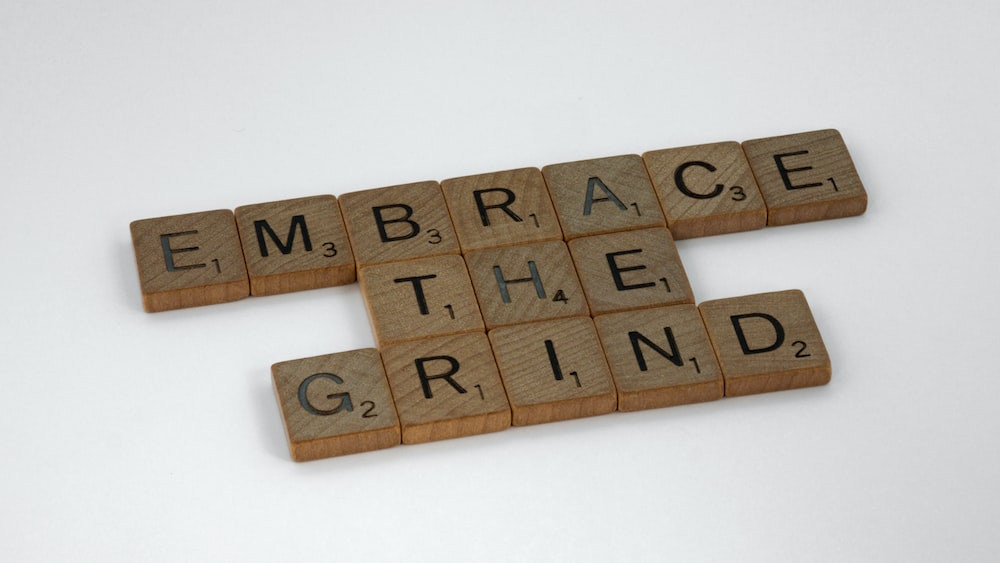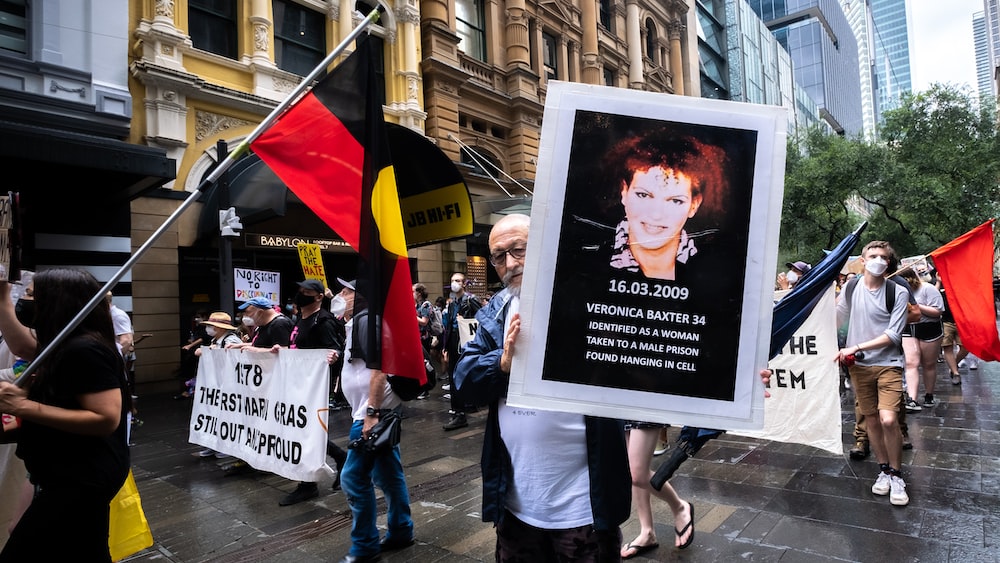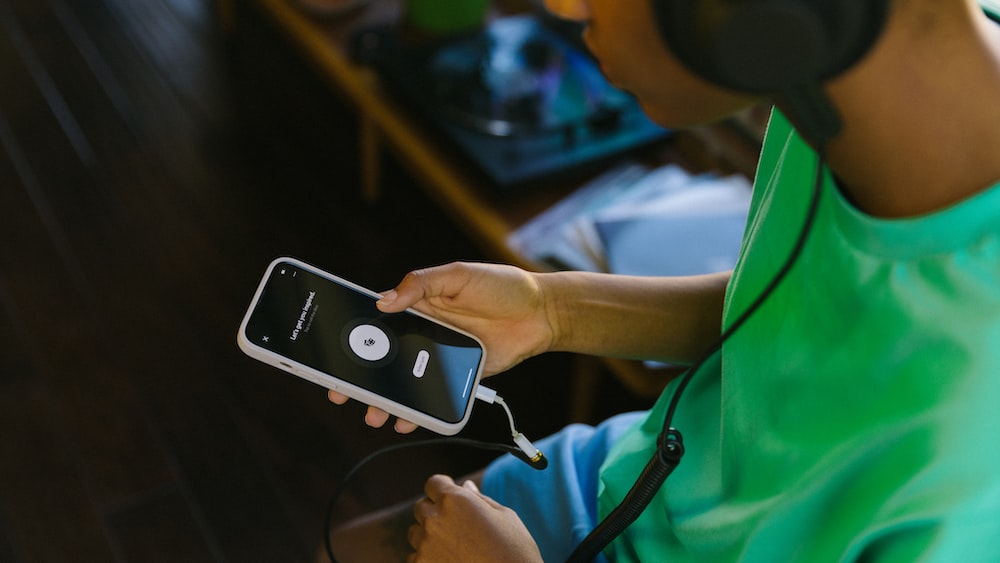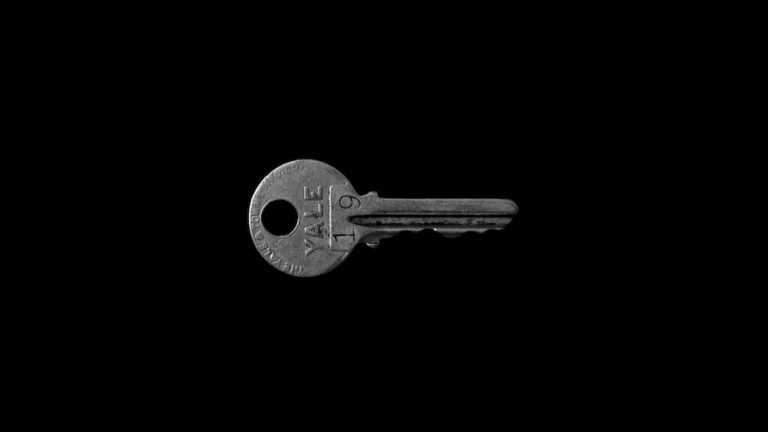13 Active Listening Response Examples To Perfect Your Skills
Join me on this thrilling ride as we explore the mystical realm of active listening. It’s a journey of hanging onto every word, meticulously decoding non-verbal cues, and, essentially, connecting with the essence of communication itself. Just imagine, if you will, stepping into the shoes of Sherlock Holmes, eyes sparkling with anticipation, ears quivering like a hunting dog, mind buzzing with an uncanny attention to detail. Pardon the theatrics; it’s just that active listening is not as ho-hum as it sounds, on the contrary, the practice of active listening offers a veritable gold mine of opportunities to connect, empathize, and build strong relationships.
Humor me for a moment, imagine a world where every person paid rapt attention to the speaker, where conversations felt heard, valued, and meaningful. What if I told you this Utopia could be your reality? That’s right! By using active listening response examples and refining your communication skills, you can transform your interactions. In simple terms, we’re about to embark on a mighty adventure to become super listeners!
Hang in there, we’re not just going to preach about active listening but break it down into bite-sized, straight-from-the-oven actionable strategies. You’ll find this guide packed with practical, easy-to-understand active listening response examples, a smorgasbord of techniques, and delightful insights that will make you the Sherlock Holmes of conversations!
The Importance of Active Listening
You ever catch yourself in the shower, replaying that conversation you had earlier in the day, thinking you could’ve responded better? Helped someone more? Oh! The perpetual dilemma of hindsight. Well, we’re here to change that – welcome to the magical world of active listening. Scientists, experts, and experienced listeners alike recognize active listening to be the key ingredient of meaningful communication.
Understanding Active Listening
Active listening, my friend, is more than just lending an ear. It’s an art – a beautiful choreography of attention, comprehension, response, and remembering. In the realm of interpersonal communication, active listening is hailed as the VIP.
But let’s not get lost in obscurity, let me put it in plain, everyday examples for you. Remember the time you were engrossed in the latest Sherlock episode, eyes glued to the TV, mind tracing every detail, and heart pounding with every plot twist? Yes, that very absorption, interest, and engagement, when applied to listening, makes it ‘active’, transforming your everyday chats into powerful conversations.
Active listening is an art that transforms everyday chats into powerful conversations by engaging with absorption, interest, and engagement.
The Benefits of Active Listening
Active listening boasts a star-studded list of benefits. Let’s dive right into it! Firstly, it’s the superhero of conflict resolution. You see, active listening encourages empathy and understanding. If you’re able to see the person’s point of view and respond thoughtfully, you can make your way through any disagreement with much more grace.
Secondly, active listening is a powerful tool for personal and professional growth. Let’s face it, nobody ever learned anything valuable by drowning out others’ voices with their own opinions. As John Dewey once said, “We do not learn from experience, we learn from reflecting on experience.” On the road of self-improvement, your first pit stop should very well be at active listening.
The Art of Active Listening
Now that we’ve skimmed the surface of active listening, let’s take a deep dive into the components that make it an unforgettable symphony of words, emotions, and connections.
1. Being Fully Present
Being fully present is like the ticket to enter the movie theatre of active listening. Sure, you may casually drop by the ticket counter (aka a conversation), but to truly enjoy the movie, you have to be present in the theatre, not fumbling with your popcorn or snoozing in the back row.

Now, you might wonder, “How do I stay fully present in a conversation?” Well, it all starts with mental preparation. Before the conversation, take a moment to set your internal chatter aside. Then, train your attention to focus on the person communicating, truly take in their words, their tone, their emotions. Remember, in the theatre of active listening, the speaker is the star.
2. Paying Attention to Non-Verbal Cues
The beauty of communication lies not just in the words spoken, but the unspoken language too! Paying attention to non-verbal cues is like reading between the lines–it’s what amplifies the conversation from ordinary, to extraordinary.
As Stephen Covey beautifully quoted: “Most people do not listen with the intent to understand; they listen with the intent to reply.” Paying attention to non-verbal cues pushes us from being passive listeners to becoming active participants in the communication process. So, watch out for those subtle changes in posture, facial expressions, and tone of voice – they are quiet yet potent storytellers.
3. Maintaining Good Eye Contact
Eye contact – it’s that powerful tool often underestimated and overlooked in conversations. Maintaining good eye contact is like a secret handshake that creates an instant connection between two individuals. It tells the speaker, “Hey, I am here. I am listening. Your words mean something.”
Never underestimate the power of eye contact. It’s like the magic carpet ride, whisking Aladdin and Jasmine to a world of understanding and connection. In practice, your focused gaze shows that you are engaged, eager to understand, and have respect for the person’s thoughts and feelings.
4. Asking Open-Ended Questions
Shake things up a bit. Ask open-ended questions! It’s like throwing a curveball into the conversation, opening up possibilities for expansive discussions, and revealing the person’s perspective.
Questions – particularly open-ended ones – they’re like keys that unlock doors to deeper understanding and empathy. Beyond just a tool for seeking more information, asking open-ended questions showcases your genuine interest and engagement in the conversation.
Asking open-ended questions is like throwing a curveball into the conversation, unlocking doors to deeper understanding and empathy.
5. Reflecting What You Hear
Reflecting what you heard is the cosmic trick that can turn you into an enlightened listener. It’s like mirroring the speaker’s words, repackaging them, and presenting back to them to validate understanding. Bear in mind, this isn’t about regurgitating the words exactly, but paraphrasing it, adding a sprinkle of your understanding.
You might be thinking, “Why would I repeat what they just said? Wouldn’t that be redundant?” You’ll be amazed at its magic, my friend. When you reflect what you heard, you’re essentially saying, “I am here with you. I am listening. I get you.” and this simple act of validation can nurture profound relationships.
Think of it as a mirror. While the initial reflection might just seem a repetition, when seen with a keen eye (or heard with a keen ear in our case), it reveals hidden depths and insights. Such is the power of reflecting in active listening.
6. Being Patient
Tick tock, tick tock. Imagine each ticking second as a golden drip of honey, slowly and intriguingly unveiling the sweetness underneath. Being patient in active listening requires a similar form of absorption. It’s about providing someone the gift of time to express themselves without feeling rushed. Speaking is an art form – and much like a painter, the speaker needs time to bring their thoughts to life in comprehensive sentences.
Also, partaking in a conversation is like reading a book. You wouldn’t flip through the pages haphazardly to reach the end quickly, would you? Similarly, rushing through a conversation only leads to missing valuable insights and misinterpretations. With each sentence forming the chapters of someone’s story, rushing only disrupts the narrative being delivered. Allowing someone to pace their thoughts validates their emotions and demonstrates your investment in the conversation.

Being an active listener means doubling down as a patient thinker. This patience paves the way for thoughtful active listening response examples that deepen comprehension and connection. Remember, Rome wasn’t built in a day, and neither are insightful conversations!
7. Withholding Judgment
The waiting room of thought, as I call it, is the space where your opinion sits on hold. This vital pause is about withholding judgment, a cardinal aspect of active listening. It’s like putting your thoughts through a red light; they halt immediately, allowing the speaker’s perspective a clear path.
Often, our minds tend to dart towards forming an opinion before the full picture has been painted. Bite your tongue, or rather your thoughts, before letting them take over the reins of an active conversation. By practicing this, you make constructive room for active listening response examples that are sure to strengthen the conversation.
8. Listening without Judging or Jumping to Conclusions
Let’s play a game of toss, except in this version, the ball is your judgment, and you must resist catching it. That’s what it means to listen without judging or jumping to conclusions. It’s akin to attending a theater show and waiting until the final act to make up your mind about the plot.
It’s a slippery slope indeed, with our brains wired to solve puzzles immediately. However, a premature guess can dissolve the essence of the conversation. By holding off your inferences, you’ve made a large step towards perfecting your active listening skills. It’s one of the simpler, yet effective active listening response examples that accelerates understanding.
Resist catching the ball of judgment in conversations to perfect your active listening skills and accelerate understanding.
9. Not Interrupting or Cutting Off the Speaker
Picture this: You’re surfing, riding the wave of a supplier’s words, but suddenly, you nosedive into the sea by abruptly cutting them off. Not interrupting or cutting off the speaker is the diplomatic equivalent of waiting your turn to pick dessert at a family dinner. Everyone deserves a bite!
Conversations are a two-way street, and a successful trip relies on a smooth drive without needless pit stops. Cutting someone off is like puncturing their tire mid-drive, disrupting progress and causing frustration. Maintain this mutual respect and watch how your active listening response examples gain depth.
10. Asking Questions to Clarify What They Are Saying
Turn your curiosity knob up a notch! Asking questions is an effective way to clarify and layer your understanding. Think of it as adding spices to the broth of a conversation, intensifying the flavor of comprehension.
Whoever said ignorance is bliss never resonated with an active listener. Don’t hesitate to steer towards clarification when you confront ambiguity. You might stumble upon active listening response examples that guide you closer to the conversation’s essence. It’s like unfolding a mystery box of insights; the thrill is in the understanding!
11. Summarizing to Ensure Understanding
An echo in the valley of conversation, summarizing, is a thoughtful echo of careful listening. It’s like recapping a thrilling movie to a friend; you break it down, translating their story into your comprehension.
Summarizing ensures you’re on the same page and brews mutual understanding. Break out those active listening response examples from your conversation toolkit and draft a captivating summary that mirrors a speaker’s sentiments. It’s your shot at starring in the filmography of conversation, so make every scene count!
12. Paying Attention to Non-Verbal Cues
Behold the remarkable universe of non-verbal cues, an unsung hero in the opera of conversation. The rhythm of a tapping foot, the eloquence of crossed arms – each narrates a story worth deciphering in active listening.

Embrace your inner detective and notch up your observation skills. A twitching eye or nervous laughter often speaks volume. The dance of non-verbal cues creates a languid melody that, when understood right, syncs beautifully with your active listening response examples.
13. Providing Regular Feedback to the Speaker
Just like tossing a boomerang, feedback should be reciprocal in conversation. It’s akin to serving the ball back in a tennis match, keeping the rally in play. Your intellectual input and hearty feedback provide a validation pad for the speaker’s sentiments.
Whether it’s a nod of comprehension or a verbal affirmation, giving feedback truly shapes the dynamic of a conversation. Moreover, your words can be a bridge, connecting comprehension to empathy. In the realm of active listening response examples, ‘feedback delivery’ bags the crown.
Feedback in conversation should be reciprocal, like serving the ball back in a tennis match, shaping the dynamic and connecting comprehension to empathy.
Overcoming Barriers to Effective Listening
Much like a determined climber, we’re ready to traverse the challenging hurdles obstructing successful active listening. It’s time to equip our conversation backpack with strategies to overcome barriers like noise and distractions, short attention spans, receiver biases, and listening apprehension.
Noise and Distractions
Welcome to the Pandora’s box of noise and distractions that often hammers a dent in the vessel of active listening. These disturbances act like conversation termites, gnawing away at your focus and diluting the quality of interaction.
Oftentimes, the unwelcome cacophony of a busy environment, the tantalizing allure of a ringing phone, or the relentless whispers of our own thoughts can hijack our attention. How then do we combat such distractions? The answer lies in cultivating conscious focus, developing a mental filter that separates the significant from the ignorable.
As for distractions, they are like stray cats who follow you home, sneaking into your lap before you notice their presence. To effectively ward them off, maintain an interaction zone, a space dedicated solely to conversation where distractions hold no sway. Now, aren’t these some nifty trips to bolster your repository of active listening response examples?
Short Attention Span
Alright folks, let’s face it. We’re all a bit like darty-eyed squirrels sometimes, aren’t we? With our ability to be easily distracted by the buzz of a smartphone or the allure of social media, keeping our attention laser-focused is a major challenge. A short attention span is the Mount Everest of barriers to active listening – a hurdle that needs a sturdy pole vault to surmount.
You’ve probably found yourself in a conversation where your mind starts drifting like a party balloon caught in the wind. One moment, you’re nodding empathetically, the next moment you’re planning the dinner menu. In active listening, every nod counts, and every drift hinders. Applying active listening response examples in your conversations helps anchor your attention and fight off the distraction demons.
Receiver Biases
Confession time – I am guilty of receiver biases. We all are. Biases are like invisible glasses that color our perception of reality. It’s like listening to a reggae song but only hearing the bassline because you are, unquestionably, all about that bass. These biases can obscure our understanding, preventing us from fully hearing or appreciating what is being conveyed.
Biases can include assumptions, prejudices or even mood swings. (Ever tried to concentrate on a conversation when you’re already sizzling like a hotplate with frustration?) Well, active listening nudges us to stow our biases in the overhead compartment while we navigate the landscape of conversation.
Listening Apprehension
Ah, the thrills and spills of listening apprehension. It’s the mental jousting event that pits our fear of misunderstanding or not fully comprehending a discussion against our desire to engage in good conversation. Nobody wants to say, “What? Can you repeat that?”, looking like a lost GPS signal in a conversation.
This much-feared phenomenon can make us more preoccupied with formulating our responses – like rehearsing lines for a play – than truly soaking up the depth of the conversation. This feeling can be especially intense in challenging discussions, similar to a salsa dancer fearing a misstep while performing a complex routine on a live stage.

Strategies to tackle listening apprehension include seeking clarification when needed, taking mental notes, and of course honing those active listening response examples. Contrary to our fears, such actions often convey interest, offering much-needed reassurance that we are indeed keen to understand and participate.
Strategies to tackle listening apprehension include seeking clarification when needed, taking mental notes, and of course honing those active listening response examples.
FAQs
1. What are some common mistakes people make when trying to listen actively?
Common mistakes made while listening actively often involve letting the mind wander off like a curious puppy. Listeners may falter in maintaining uninterrupted eye contact, may not ask relevant questions to understand better, or may be too eager to respond, interrupting the speaker midway.
2. How can I improve my active listening skills?
Improving your active listening skills involves practice and patience. Regularly use active listening response examples, make eye contact, and give your undivided attention to the speaker. Being open-minded and suspending judgment also contributes to active listening.
3. What are some exercises to practice active listening?
To practice active listening, you can partake in exercises like ‘reflect, paraphrase and then respond’, group discussions, role playing or even meditation, which can help improve focus, and in turn, your listening skills.
4. How can active listening improve my relationships and work performance?
Active listening can revolutionize your relationships and work performance. It boosts understanding, fosters trust, reduces conflicts, and enhances collaboration. Good listeners often earn respect and are likely to be more successful in their personal and professional lives.
Conclusion
Well folks, we’ve trotted quite a journey through the verdant valleys of active listening. We discovered the roadblocks to effective listening such as short attention spans, receiver biases, and listening apprehension – each with their own set of complexities. Throughout our journey, we underscored the power of utilizing active listening response examples to combat these challenges, engage in productive dialogue, and enrich our relationships.
In the labyrinth of communication, active listening is a golden thread that helps us traverse the maze with prowess. Improving your listening skills isn’t merely a cognitive exercise – it’s a journey infused with patience, empathy, and mindfulness. As you saunter on this path, remember every step, every stumble, every leap – is a leap towards a better you.
So, my friends, let’s put our virtual hiking boots back into the gear loft until our next self-improvement adventure. With that, I wish you good luck on your journey to become an exceptional listener. Until next time, take care and keep aiming for the stars.
Stay fabulous, Fabian
Share with your Friends:






